The top-rated water softener can get rid of the maximum quantity of grains of water hardness before regeneration. The potential of a water softener describes how well it deals with hardness before it goes to regenerates. A “grain” of hardness is 1/7000th of a pound of dissolved calcium and magnesium.
Table of Contents
Water Softener Sizing & Capacity
A water softener’s grain capacity is simply the amount of hardness that a water softener can remove before regeneration. That’s all; it means the water softener makes the water soft by pulling the harsh minerals out of hard water. To simplify the term, a water softener calculator will be helpful at this point. Before calculating, you have to know two essential words regarding this: gallons of water that are used each day and water hardness in grains per gallon.
What size softener do I need?
If your water softener is too huge for your home, it may not be able to get sufficient ideas to trigger regeneration on time. When a water softener does not regenerate, it will not work efficiently, and bacteria can grow inside the tank. There are a lot of methods to ensure your water softener is well-sized for your home.
Calculating this, multiply the gallons of water used per day by the number of people in your home. For example, the average is 70, and four people are living at home. Multiply four by 70, and you will get 280 gallons of water used per day.
Now the next part is water hardness in grains that only changes if there is iron present in your water. If so, then add 5 grains of iron for each PPM of iron that exists in the water. Simplifying it, if you have 1 PPM iron in water, typically 7 grains of hardness in water, add 7 grains of hardness with 5 grains of 1 PPM of iron. You will have 12 grains per gallon.
Now, for example, you have four people at home with hard water of 10 grains.
Calculations:
4 people x 70 gallons per day = 280 gallons per day
280 gallon per day x 10 grains = 2800 grains per day
The following options are available:
- 1 cubic foot of resin – 24,000 grains
- 5 cubic feet of resin – 32,000 grains
- 0 cubic feet of resin – 40,000 grains
Now choosing the best option from these:
- 1 cubic foot of resin – 24,000 grains/ 2800 grains per day = 8.5 days for regeneration
- 5 cubic feet of resin – 32,000 grains/ 2800 grains per day = 11.4 days for regeneration
- 2 cubic feet of resin – 40,000 grains/ 2800 grains per day = 14.2 days for regeneration
3rd option will be the best choice as it has 14 days between regenerations.
Check Out: Top Rated Water Softener for Home & Offices
Freuently Asked Questions (FAQs)
1. What does 30,000-grain water softener mean?
30,000 grain means that this water softening system is capable of removing that amount of water hardness before regeneration. The hardness is the number of minerals that the water softener can take in before it needs to refresh and drain itself. The reality of a 30,000-grain water softener is that it was rated at that through controlled environments.
2. Is it bad to oversize a water softener?
Yes, it can be bad to oversize a water softener system. If your water softener is too big for your home, it won’t do enough work to trigger regeneration on time. When a water softener doesn’t regenerate, it’s not as effective and bacteria can grow in the tank, and the resin bed can get damaged. So the ability to produce soft water can be hindered. There are a lot of ways to make sure your water softener is properly sized for your home.
3. What Size Water Softener Do I Need?
You can determine the size of the water softener for your home by multiplying the number of people in your home by the gallons of water they use each day (80 gallons per person is the average). Multiply that number by the grains of hardness in your water to figure out how many grains need to be removed each day.
4. What is the highest grain water softener?
The highest grain water softener is going to be a 110,000-grain water softener. The ones that say they are higher than that do not soften water since they do not use salt. Such high grain water softeners are used for large families or where the usage of water is high.
5. How do I know the grains of hardness in my water?
The grains of hardness in your water can be figured out in two main ways. The first way is by looking up your city’s water treatment plant and figuring out what hardness of water your tap water is through their website. The second way is to go to your local home improvement store or order online a water hardness test kit to see what level of hardness the water is.
Check Out: Top 6 water softener salt in 2022
Final Words
To have the perfect grains water softener, you need to get and analyze the information to have the best experience with the water softener. Unfortunately, if you go for an undersized or oversized water softener, then it may cause trouble and frustration to you that you don’t want. It will be better to invest some extra time and think properly to get a perfect-sized water softener.

Steve Smith is a United State Licensed Plumber with over 18 years of plumbing experience. Steve has conducted residential and commercial plumbing jobs throughout the state and currently works for one of California’s largest plumbing companies. When he’s not working, Steve enjoys spending time with his daughter and son.
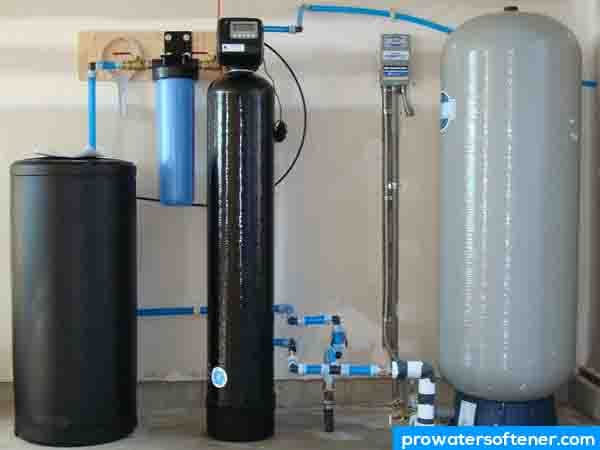
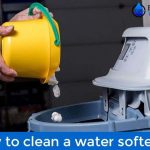
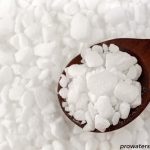
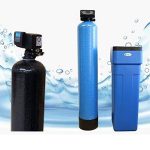
![Can you drink water from a water softener? [Important to Know] drinking soft water](https://prowatersoftener.com/wp-content/uploads/2021/03/drink-water-from-softener-150x150.jpg)
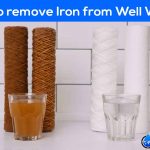


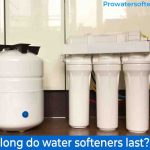
Leave a Reply